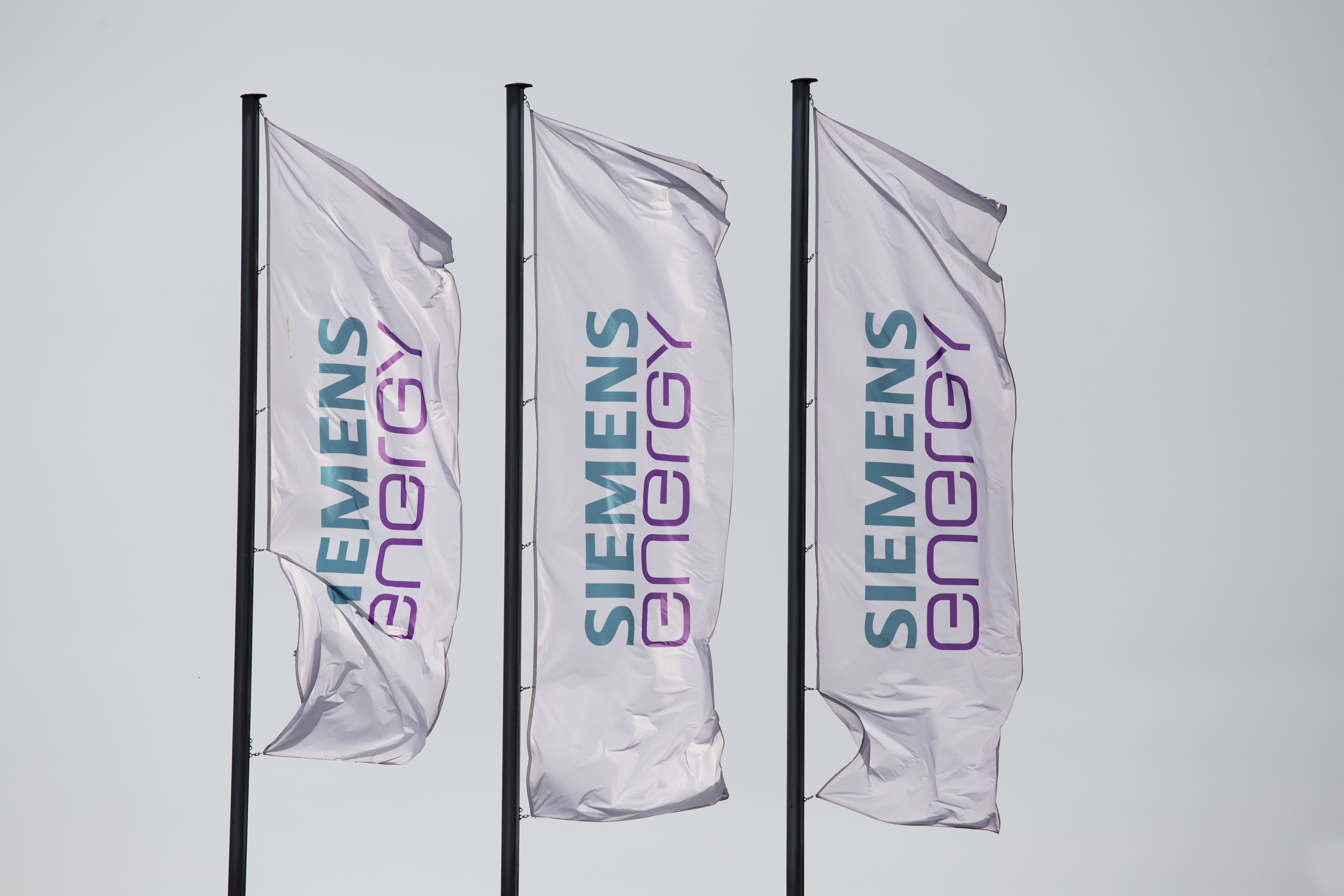Hydrogen-powered trains get the green light as Siemens Energy and Mobility sign joint agreement

Siemens Energy
The newly-listed Siemens Energy has signed a memorandum of understanding with Siemens Mobility to “jointly develop and offer hydrogen systems for trains.”
Announced on Monday, the partnership is the latest example of companies attempting to ramp up and expand the use of hydrogen fuel-cell technology.
The collaboration will look to produce “a standardized hydrogen infrastructure solution for fueling the hydrogen-powered trains of Siemens Mobility.”
In addition, the idea is that the products of the partnership will be offered to external customers in order to “promote the hydrogen economy in Germany and Europe and support decarbonization in the mobility sector.”
The broad aim is to link up Siemens Energy’s work on the production of green hydrogen – a term that refers to hydrogen produced using renewable sources such as wind and solar – with Siemens Mobility’s specialism in transportation.
According to the International Energy Agency (IEA), hydrogen is a “versatile energy carrier.” Generating it does have an environmental impact, however.
The IEA has said that hydrogen production is responsible for roughly 830 million metric tons of carbon dioxide each year. It’s within this context that the idea of green hydrogen is so attractive.
“Working together with Siemens Mobility, we want to drive sector coupling by developing, among other things, an electrolysis and fueling solution for the fast fueling of hydrogen-powered trains,” Armin Schnettler, who is executive vice president of Siemens Energy’s New Energy Business, said in a statement.
Siemens shareholders voted to spin off the industrial giant’s energy business back in July. The standalone firm, Siemens Energy, made its debut on the Frankfurt Stock Exchange last week. Its largest shareholder is Siemens. Siemens Mobility remains part of the larger Siemens organization.
Hydrogen fuel-cell plane
Elsewhere, trials of a hydrogen-powered train in the U.K. got underway at the end of September, while earlier in the month OBB, the Austrian Federal Railways, said a hydrogen-powered train would commence a passenger service trial in southern areas of Lower Austria.
September also saw a hydrogen fuel-cell plane that’s capable of carrying passengers complete its maiden flight in airspace over England.
ZeroAvia’s six-seater Piper M-class aircraft — which has been retrofitted with a fuel-cell that combines hydrogen and oxygen to produce electricity — undertook a taxi, take-off, full pattern circuit and landing.
In the same week as ZeroAvia’s flight, Airbus released details of three hydrogen-fueled concept planes, saying they could enter service by the year 2035.




